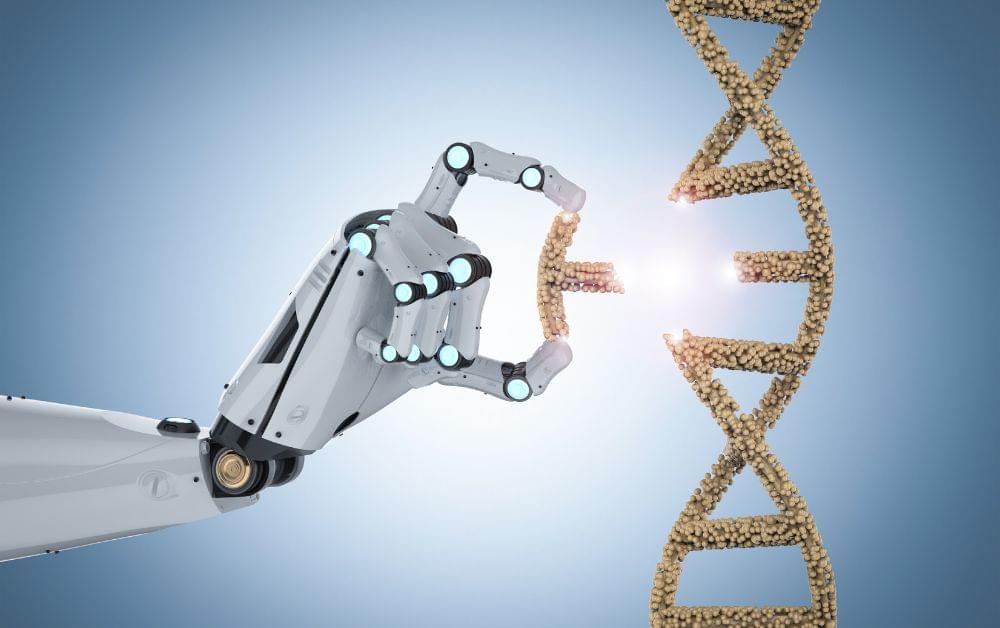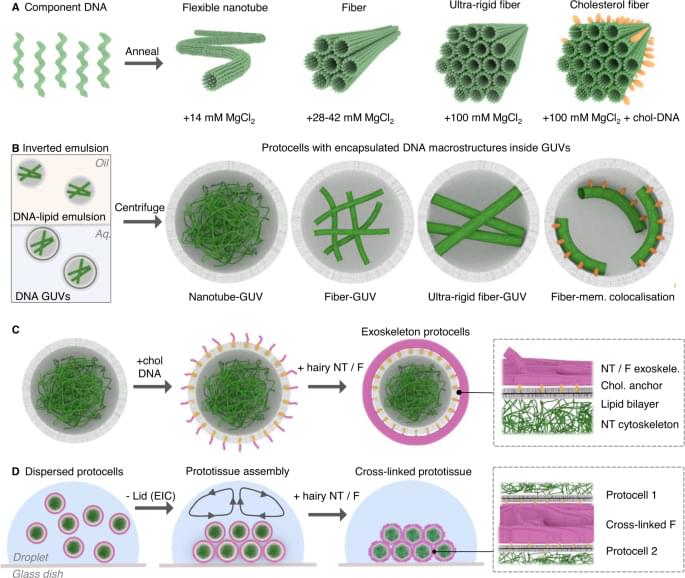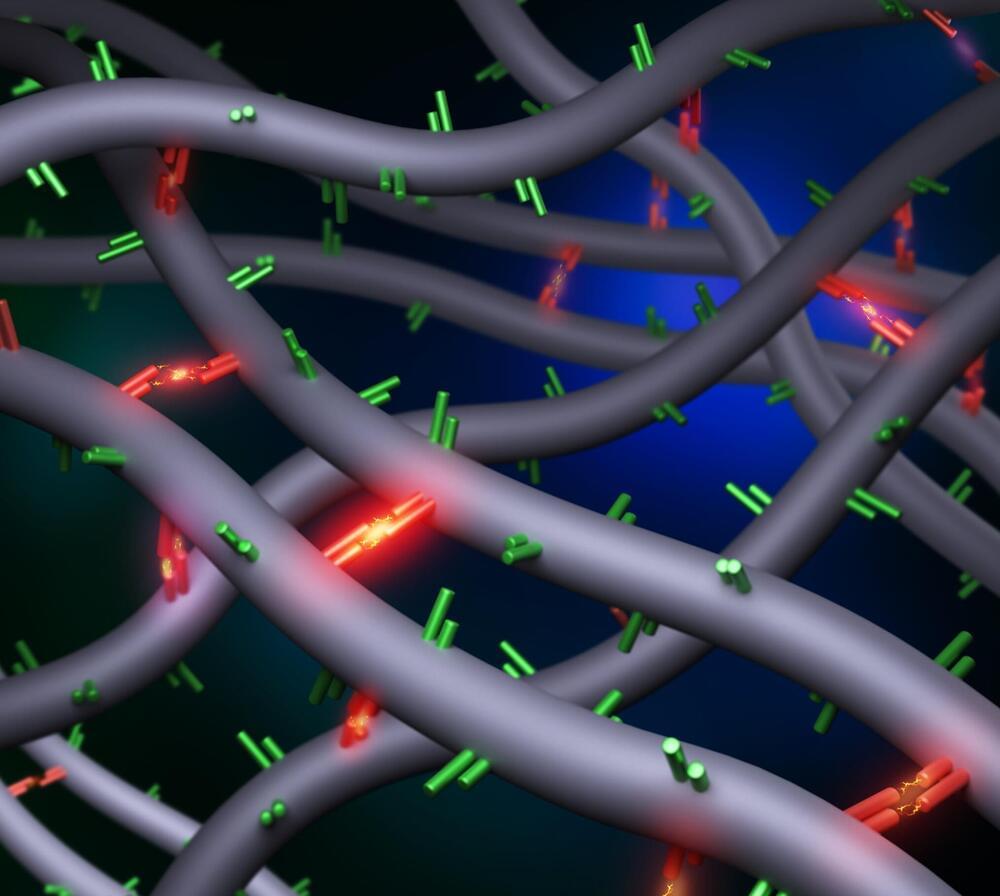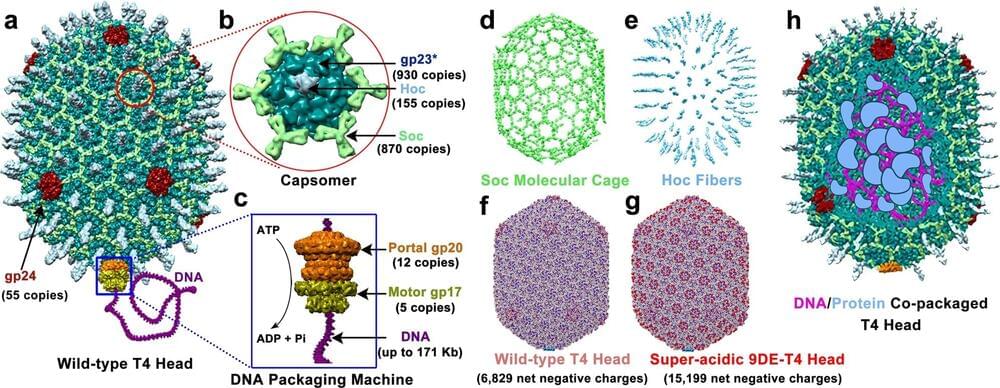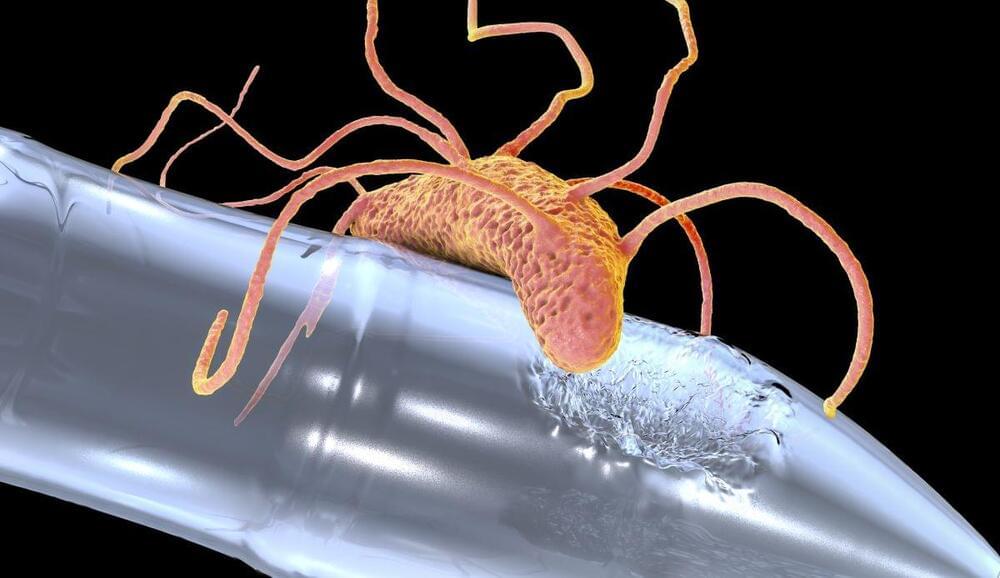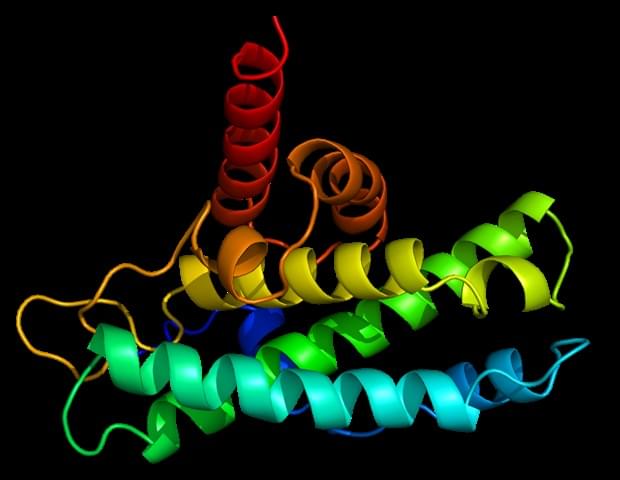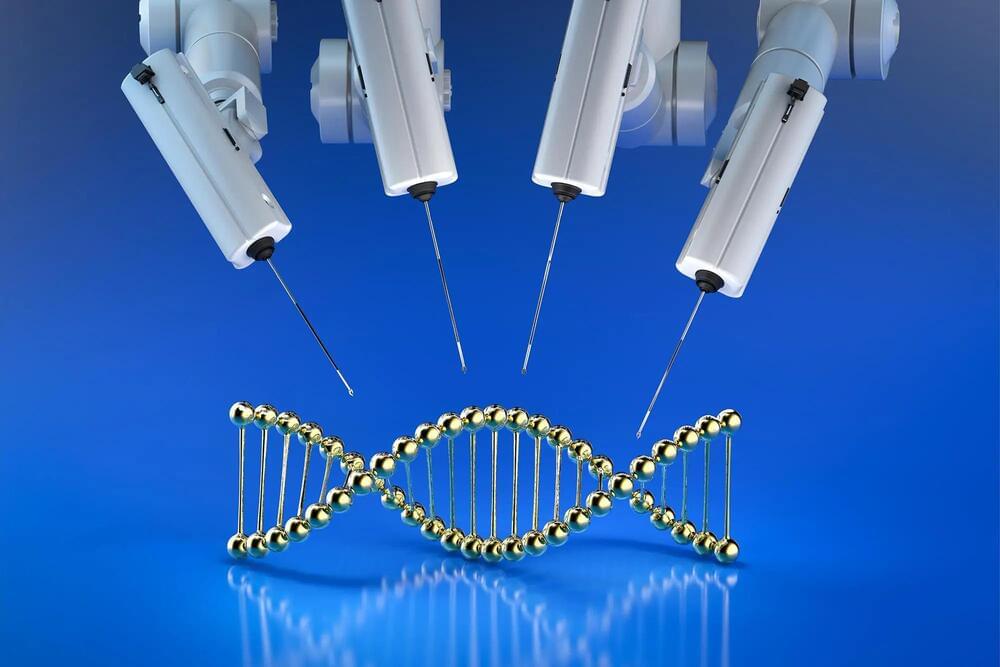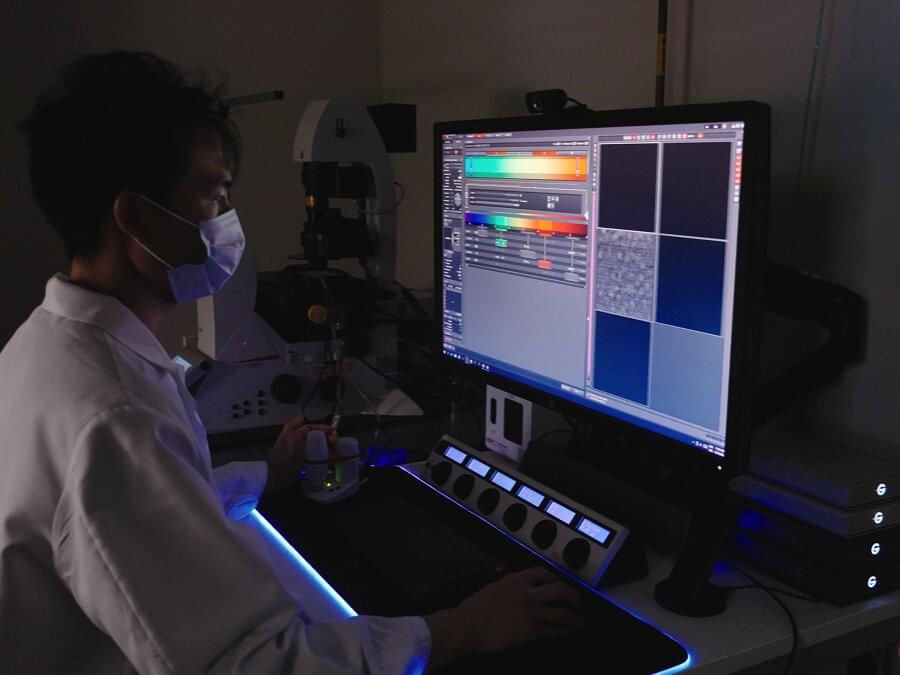Jun 6, 2023
Throw Forward Thursday: CRISPR
Posted by Dan Breeden in categories: bioengineering, biotech/medical, chemistry, education, ethics, food
The 2020 Nobel Prize for Chemistry was awarded to Dr. Jennifer Doudna and Dr. Emmanuelle Charpentier for their work on the gene editing technique known as CRISPR-Cas9. This gives us the ability to change the DNA of any living thing, from plants and animals to humans.
The applications are enormous, from improving farming to curing diseases. A decade or so from now, CRISPR will no doubt be taught in High Schools, and be a basic building block of medicine and agriculture. It is going to change everything.
